Expansion of Agricultural Exports
The tractor market in Europe is positively impacted by the expansion of agricultural exports. As European countries enhance their agricultural output, the demand for efficient farming equipment, including tractors, is on the rise. In 2025, agricultural exports from Europe are expected to increase by 10%, leading to a corresponding demand for modern tractors that can support higher production levels. This trend suggests that farmers are likely to invest in advanced machinery to meet both domestic and international market needs. The tractor market is thus positioned to benefit from this export-driven growth, as enhanced productivity becomes essential for maintaining competitiveness.
Rising Demand for Precision Agriculture
The tractor market in Europe is experiencing a notable shift towards precision agriculture, driven by the increasing need for efficiency and productivity in farming. Farmers are increasingly adopting advanced technologies such as GPS and IoT to optimize their operations. This trend is reflected in the growing sales of tractors equipped with precision farming capabilities, which accounted for approximately 30% of total tractor sales in 2025. The integration of these technologies not only enhances crop yields but also reduces resource wastage, aligning with the evolving demands of the agricultural sector. As a result, the tractor market is likely to see sustained growth as more farmers invest in precision agriculture solutions.
Growing Focus on Sustainable Farming Practices
The tractor market in Europe is increasingly influenced by the growing emphasis on sustainable farming practices. Farmers are under pressure to adopt environmentally friendly methods, which has led to a rise in demand for tractors that are energy-efficient and produce lower emissions. In 2025, it is projected that sales of eco-friendly tractors will constitute around 25% of the total market. This shift not only aligns with regulatory requirements but also caters to consumer preferences for sustainably produced food. Consequently, manufacturers are investing in research and development to create tractors that meet these sustainability criteria, thereby driving growth in the tractor market.
Technological Integration in Farming Operations
The tractor market in Europe is witnessing a significant trend towards the integration of technology in farming operations. The adoption of smart farming solutions, including automated tractors and data analytics, is reshaping the agricultural landscape. In 2025, it is anticipated that approximately 40% of tractors sold will feature advanced technological capabilities. This integration not only streamlines farming processes but also enhances decision-making through data-driven insights. As farmers increasingly recognize the benefits of technology in improving efficiency and productivity, the tractor market is likely to experience robust growth, driven by the demand for technologically advanced machinery.
Increased Investment in Agricultural Mechanization
The tractor market in Europe is benefiting from a surge in investment aimed at agricultural mechanization. Governments and private entities are recognizing the importance of modernizing farming practices to enhance productivity and competitiveness. In 2025, it is estimated that investments in agricultural machinery, including tractors, will reach €5 billion, reflecting a 15% increase from previous years. This influx of capital is expected to facilitate the acquisition of advanced tractors, thereby improving operational efficiency. Furthermore, as mechanization becomes more prevalent, the tractor market is poised for expansion, driven by the need for reliable and efficient machinery in modern farming.


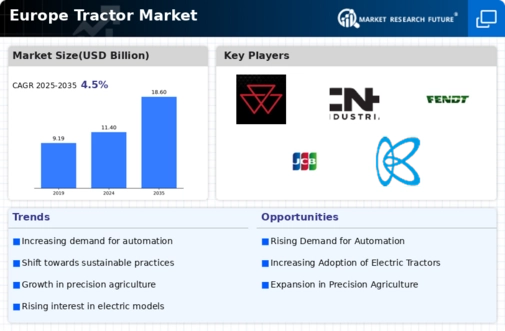


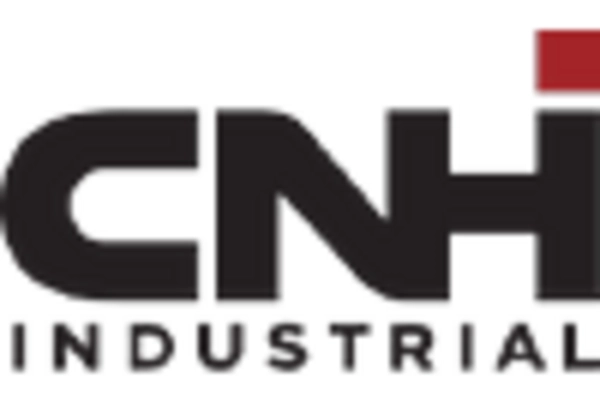
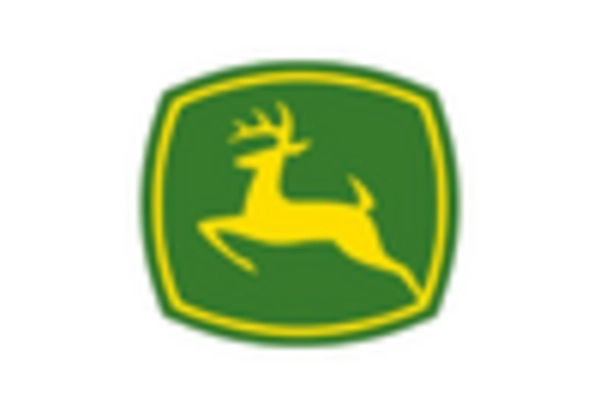

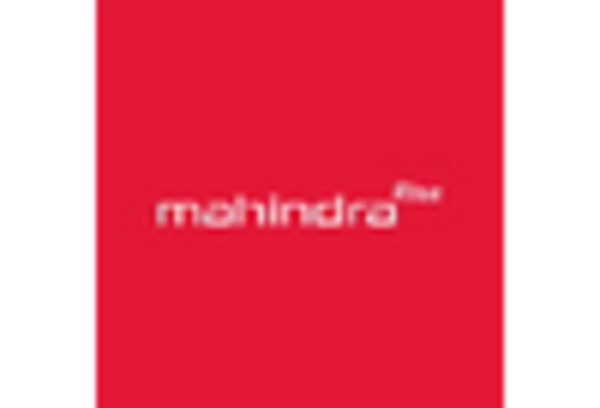
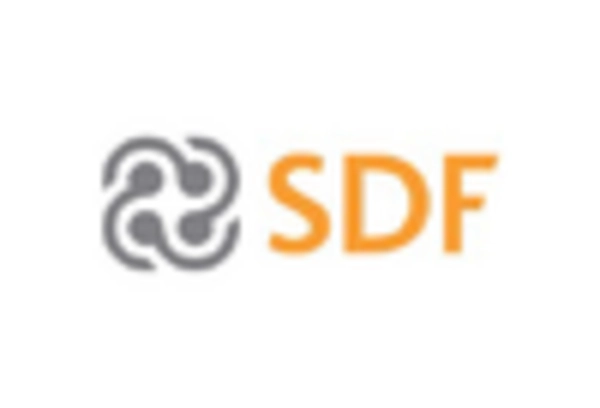








Leave a Comment